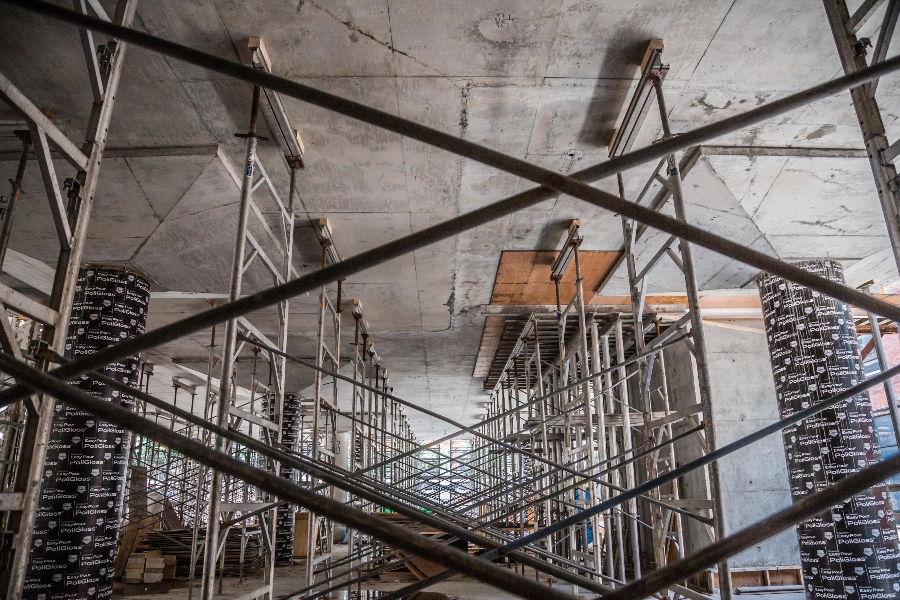Why Entrepreneurs Lease Equipment
As a business owner, you’re probably aware that purchasing and maintaining equipment can quickly get expensive. After all, it’s only a matter of time before a new model comes out and yours is inferior or obsolete. This is why many entrepreneurs choose to lease equipment instead of buying it.
There are advantages to equipment leasing that ownership does not offer, such as payments spread out over months or years instead of being paid upfront. Additionally, many commercial equipment leases include service add-ons and agreements, which provide the business owner with peace of mind and remove the need to hire your in-house techs.
If your business requires new equipment but you can’t afford to buy it outright, equipment leasing may be an option. By leasing, you can make small monthly payments over some time instead of putting up the cash upfront. Once the lease ends, you typically have two options: return the equipment or purchase it for a price that considers appreciation/depreciation and how much you paid over the lease term.
Defining Equipment Leasing
This is a type of financing where you are renting the equipment instead of purchasing it outright. Many entrepreneurs choose to lease expensive equipment such as computers, vehicles, and machinery. The lease will last for a specified period and once it’s over, you can return it, buy it, or renew the lease.
This is different than equipment financing, which is when you take out a business loan to purchase equipment and then pay it off over a fixed term, using the equipment as collateral. In this situation, once you pay off the loan, you own the item- but if you don’t make your payments, the loan provider can seize the equipment.
In equipment leasing, you do not own the item when the lease term is over. You will be paying interest and fees factored into your monthly payment. Some of the extra fees include maintenance and repairs and insurance on the equipment. This can be a more expensive way to obtain equipment for your business, but if you don’t have the cash available, it can be an option for getting what you need quickly.
Getting Started with Equipment Leasing
Before you get started with the process of equipment leasing, there are several questions you need to ask yourself. While this may seem like a hassle, it’s the best way to make an informed decision about whether you should lease or buy your equipment:
What is my monthly budget?
How long will I need the equipment?
How quickly will the equipment become obsolete?
Can I lease the equipment?
Equipment Leasing Process: What Should You Expect?
If you decide that equipment leasing is the best option for your business, contact Master’s Commercial Capital Group to learn more. In the meantime, here’s what you can expect during the equipment leasing process:
Complete your application, making sure you have pertinent financial info for your company and principals.
Your application will be processed, and the lessor will notify you of the results. This will typically take 24 to 48 hours. In some cases, if your equipment is $10,000 to $100,000, you may not need financials or a business plan. However, most lessors do expect this information for equipment leasing over $100,000.
Once approved, review and finalize the lease. Make sure that you are aware of your monthly payments and APR. Then sign the documents and send them to the lessor. In most cases, you’ll need to include the first payment.
When the lessor receives and accepts the signed agreement and first payment, you will be free to accept delivery of your equipment.
Equipment leasing is a great option for businesses to get the expensive equipment they need without having to spend a large amount upfront. While it may be more expensive, the revenue you generate may help offset the expense.

